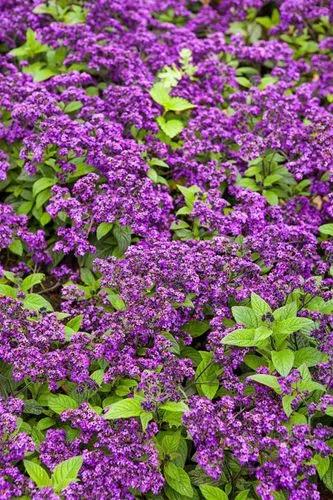A large evergreen spreading shrub or tree up to 4 m high. The root system lies quite superficially in the soil, densely branched, compact, which is characteristic of moisture-loving plants. Trunk with greenish-brown rough bark. Flower close-up Leaves are whole-edged, crosswise opposite, oval (elliptical), hard, leathery, on short petioles, often drooping, pinnate veining; light green-gray (glaucous), pubescent below, smooth, dark green above.Flowers are four-membered, axillary, single, paired or several in a corymbose inflorescence, bisexual, with numerous (50-80) stamens, white at the edges and pink closer to the center; self-sterile (some varieties are partially self-fertile), pollinated by insects; blooms in May — June (in the Southern hemisphere in November-December), in the tropics flowering occurs in periodic waves or continuously (remontant). However, the mass lasts for three weeks, the ovary subsidence is strong, the coefficient
Feijoa Antoinette Care
Acca Sellowiana
Other names: Pineapple Guava, Guavasteen



How to Care for the Plant

Water

Feijoa trees will struggle during long dry periods if not supplemented with watering. It is especially important to water deeply and regularly from mid to late summer when the fruit is developing and ripening. Don't over water as it will plump up the fruit but lose the flavour.

Pruning

It is not necessary to prune feijoas every year, but if you are going to prune them wait until after fruiting has finished. Feijoas can be pruned hard, it depends if you want to create a hedge or just trim the branches back to the desired length. Prune on a dry day, to limit the spread of fungal spores and diseases. Use sharp secateurs to make clean cuts on an angle, above a bud or branch.

Fertilizer

To keep your feijoa healthy and growing, add an NPK fertiliser in early autumn, May, and again in summer.

Soil

Feijoas prefer a sunny situation and can handle most soil conditions, from heavy clays to light sandy soils, but will do best in a well-drained situation. They'll also thrive in a container. Planting in autumn is recommended.

Popularity

1,058 people already have this plant 70 people have added this plant to their wishlists
Discover more plants with the list below
Popular articles






